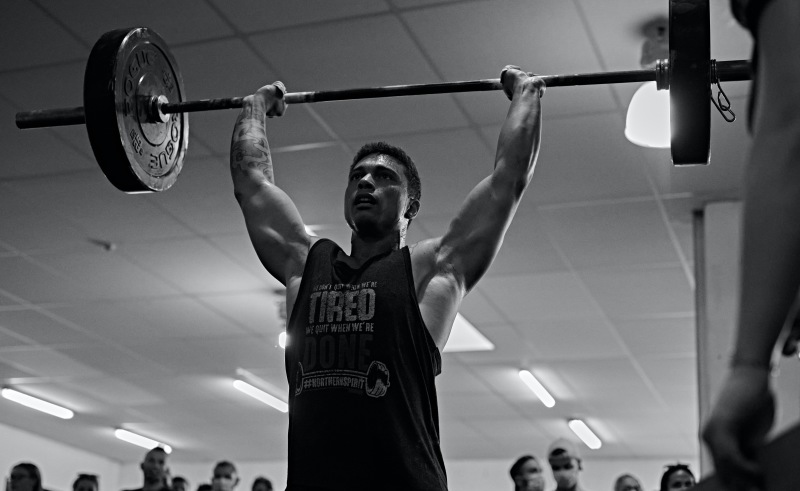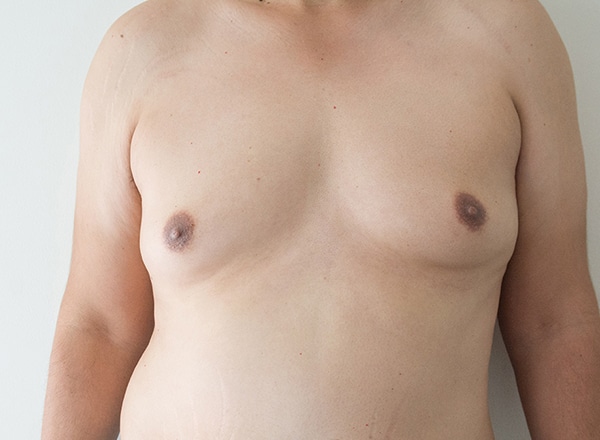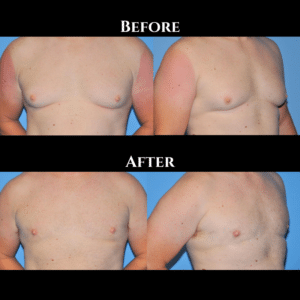
Gynecomastia: Knowing The Basics
While it may be every woman’s dream to inherit a set of well-sculpted breast, it is however, every man’s nightmare to find a pair of ‘man boobs’ aka Gynecomastia, hanging from their chests.
For most men, Gynecomastia robs away their self-esteem and has become a stumbling block in achieving the masculine male body.
But it is more than just the embarrassment of having a flabby chest that should be a cause for concern.
Gynecomastia is essentially a medical condition that should be addressed immediately.
And while many men may seek the gym for the solution to their unsightly bulge, unfortunately, the growing discomfort and swelling that stem from Gynecomastia does not simply ebb away with time nor hours spent at the gym.
Conversely, the soreness and pain experienced on a daily basis will be exacerbated with each passing day should treatment not be administered.
The main symptoms of Gynecomastia include the enlargement of the glandular tissue in both breasts and tenderness experienced around the area and nipple.
But what exactly is the cause of this distressing condition?
The truth is, there are a variety of reasons that contribute to Gynecomastia. Amongst the many causes are side effects of medication and aging.
Hormonal imbalance, where there is a plunge in testosterone levels, is one of the main culprits that results in this condition.
While symptoms of Gynecomastia are not uncommon during puberty, however, should symptoms not be alleviated upon reaching adulthood, surgical intervention is the answer to counter Gynecomastia.
Common questions on Gynecomastia
But to combat Gynecomastia requires more than just the acknowledgement of the causes of the condition.
A holistic and thorough understanding of Gynecomastia is what we need to tackle the ‘man boobs’ situation.
So, just what can we do to potentially diminish the effects of this agonising condition? Or is there anything that can be done to avoid Gynecomastia all together?
Let’s delve into these common and pressing questions to help answer your urgent queries on Gynecomastia.
Can taking hormones cure Gynecomastia?
Being a naturally occurring hormone, testosterone is not only directly responsible for the male physical features, but it also affects a man’s sex drive and mood.
Gynecomastia, or the development of larger breasts, can develop when there is an imbalance of the body’s hormones in men, including testosterone. This is also the case, when there is a low testosterone levels in men.
Both issues of low testosterone levels and gynecomastia are often treatable. However, it is of utmost importance to first understand the underlying causes for each condition.
Can gynecomastia decrease libido?
As age catches up, low testosterone levels and gynecomastia are common conditions among aging men.
With a decrease in testosterone levels, this results in reduced libido, low sperm count, erectile dysfunction, and enlarged male breast tissues.
Are there any food to avoid that can cause gynecomastia?
Being overweight or obese can cause larger breasts in men. As such, avoid foods that are high in saturated fat as these contribute to undesirable weight gain.
Also, highly processed foods that are high in sugar and fats content can promote weight gain and should likewise be avoided.
Foods such as soy can cause hormone imbalances are to be avoided as they can lower the testosterone levels and raise the estrogen levels, thereby causing male breast tissue growth, even in the absence of obesity.
Can’t I just diet and workout to get rid of my “man boobs”?
Gynecomastia is not merely an aesthetic issue; it is a medical condition that should be tended to. The causes of the condition vary, including hormonal imbalance, side effects of certain medications and aging, as mentioned above.
Gynecomastia Surgery not only permanently removes excess glandular tissues, but it also sculpts the chest area, leaving a more defined and masculine appearance.
A gynecomastia surgery has a short recovery time, thereby causing little disruption to your daily routine.
It is essential to discuss your goals and raise any concerns you might have in regard to the procedure during the consultation with your doctor.
As individual’s clinical condition varies, the treatment strategy and outcome will be different. It is important to look for a doctor with an extensive experience, knowledge in gynecomastia surgery and that you get to see the before and after pictures of the doctor’s own patients.
For personalized information about gynecomastia plastic surgery procedures, please complete Dr. Delgado’s inquiry form.










